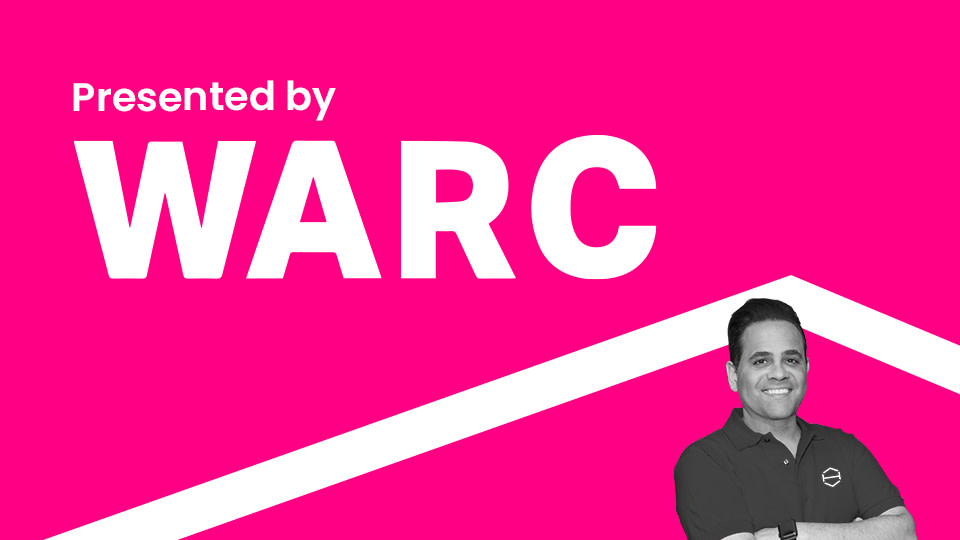February 9, 2022 | Expert Insights
How programmatic DOOH can help marketers reach consumers at key moments to capitalize on real-time events

Reach consumers outside of the home and capitalize on key moments happening in real-time, such as a Super Bowl game winning touchdown - all this and more is possible with DOOH.
Few sporting events excite an audience, quite like the Super Bowl. Consistently ranked amongst the most-watched games worldwide, 2021’s Super Bowl LV drew an audience of over 91 million viewers.
Understandably, this highly anticipated event is central to advertising strategies for marketers across multiple sectors - in 2021 alone, it attracted over $485 million USD of in-game advertising. While top advertising categories for Super Bowl spots include beverage, automotive, and tech, advertisers from a wide range of verticals use this monumental North American sporting event as a tentpole within their strategies to engage audiences and drive successful business outcomes.
While Super Bowl ad campaigns have been traditionally TV-centric, it has become clear in recent years that audiences aren’t as ‘glued to the screen’ as they once were, especially with the added distraction of second-screens. In 2021, the average cost of a 30-second TV advertisement during the Super Bowl was $5.6 million. With traditional media costs on the rise, advertisers need to reach consumers in a more cost-effective way.
In the traditional out of home (OOH) advertising model, campaigns were bought weeks and often months in advance. Leveraging the benefits of programmatic DOOH, which include the use of audience movement patterns and privacy-safe location data, gives advertisers a competitive edge compared to a traditional and direct approach. In programmatic DOOH, ads can be triggered by a high propensity of target customers seen to be in close proximity to a specific digital screen. As audiences begin to attend more live sporting events - driving, carpooling or taking public transportation to get there, programmatic DOOH can help buyers find an easier way to capitalize on big-ticket event opportunities. From a customer perspective, this integration is seamless and contextually relevant - what might seem like a coincidence, is actually a highly strategic form of buying and selling OOH ads that allows advertisers to act quickly on key moments happening in real time.
Weeks leading up to the game, there is ample opportunity to align with the surge of football messaging, posing a great opportunity for brands to target based on social sentiment prior, during and even after the event. Programmatic pricing models are also flexible and give brands the power to increase or decrease ad spend, adjust campaign parameters, or even pause campaigns altogether in response to external changes.
Let’s look at some of the definitions used within this type of targeting. Dynamic Creative Optimization is the ability to shift and change multiple creative messages in real-time according to external data sources, such as feature game day updates, live touchdowns and stats, while Dynamic Media Optimization offers the ability to dynamically optimize media messaging based on near real-time performance data and audience exposure, like location-specific screen updates and weather conditions.
Marketers continue to seek new opportunities to connect with audiences outside of the home, constantly striving to be strategic, impactful and ultimately drive successful business outcomes. In addition to creating the ability to precisely plan, activate and measure across campaigns, programmatic DOOH is perfect for leveraging technology and automation to be flexible and agile. Custom creative is activated or delivered on custom media formats in real-time based on unique, pre-set campaign triggers.
As consumers move away from viewing traditional media during the big game, DOOH can truly be considered a part of a brand’s omnichannel strategies, paving the way for successfully integrated Super Bowl campaigns.


